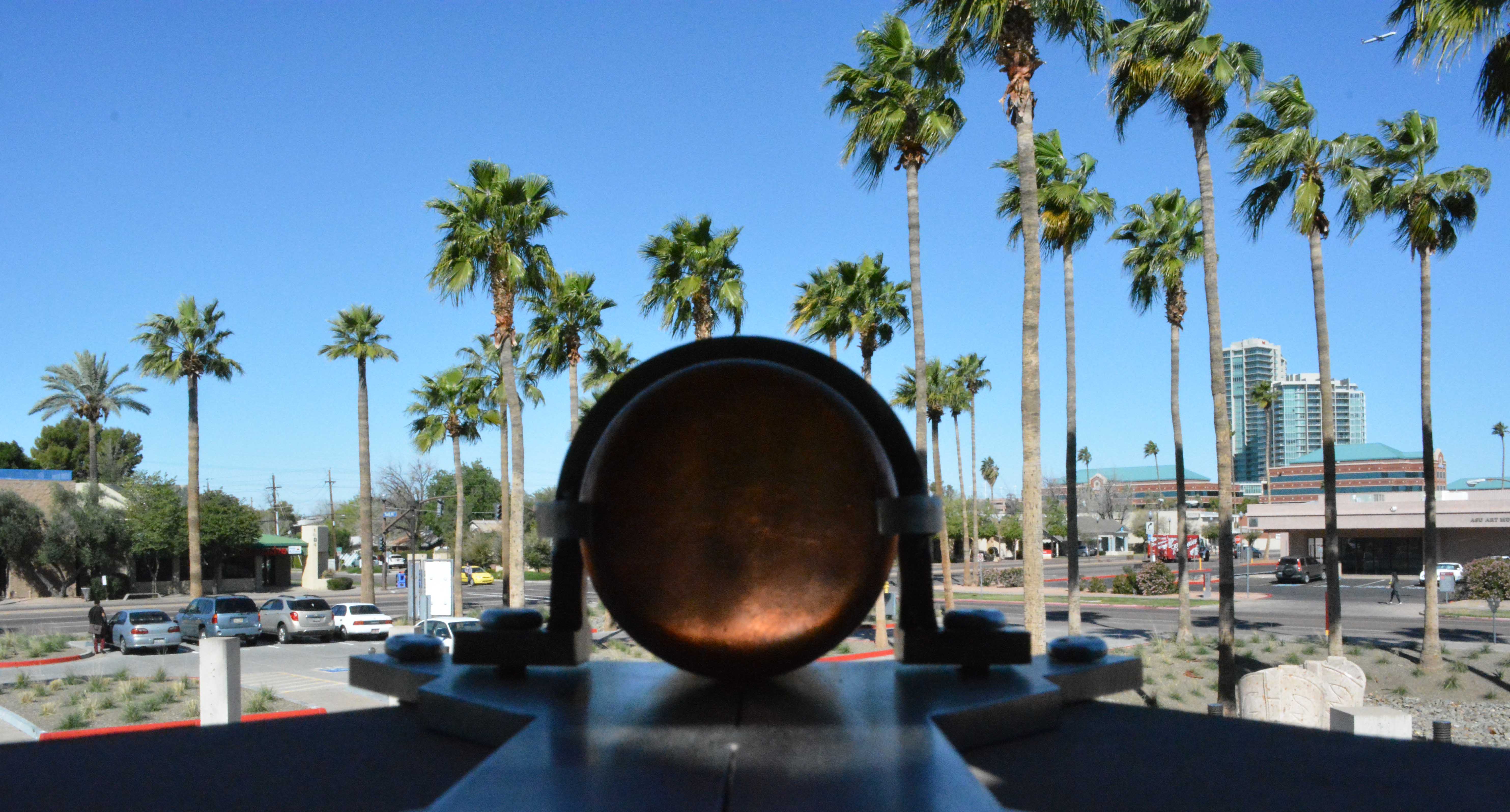Jonathon Keats introduces his workshop by listing the following five rules for looking at the world like an experimental philosopher:
1. Ask naive questions,
2. invert perceptions,
3. combine incompatible ideas,
4. remix metaphors,
5. and pursue paradox.
Jonathon Keats:
My name is Jonathon Keats and I am an experimental philosopher. What that means is that I do things like open a restaurant for plants. I sell real estate in the extra dimensions of space. I choreograph ballets for honeybees. I build systems by which you can become married by a law of nature using quantum mechanics as the foundation rather than a legal or religious authority. I even attempt to genetically engineered God.
All of these are rather absurd on the surface and may not seem especially practical in your everyday life. However I think that there are some basic lessons that can be extracted from them that, at least for me, are highly useful even when I am not pursuing experimental philosophy. Even when I am simply trying to get by in the world, basic ways in which an experimental philosopher looks at the world that can be divided perhaps into five lessons.
And I'm going to go over these with you by way of example looking at some of the projects that I have undertaken with the take away that you might be able to apply these rules either to undertake your own experiments in philosophy or simply that you can use these in your creative problem-solving at work or at home. The lessons can be very briefly summarized as follows.
Ask naïve questions, invert perceptions, combine incompatible ideas, remix metaphors and pursue paradox. By no means are these comprehensive and they're rather glib yet I think that if you take these as a point of departure, as I sometimes do, you'll find that you get outside of yourself in terms of your routines, your education and your common sense. And you start to look at the world in different ways that may lead you to ideas that you never knew that you had.




